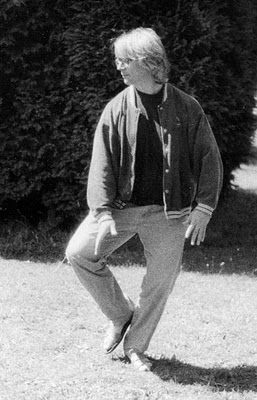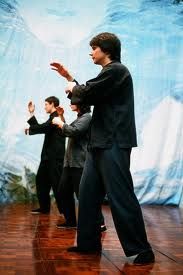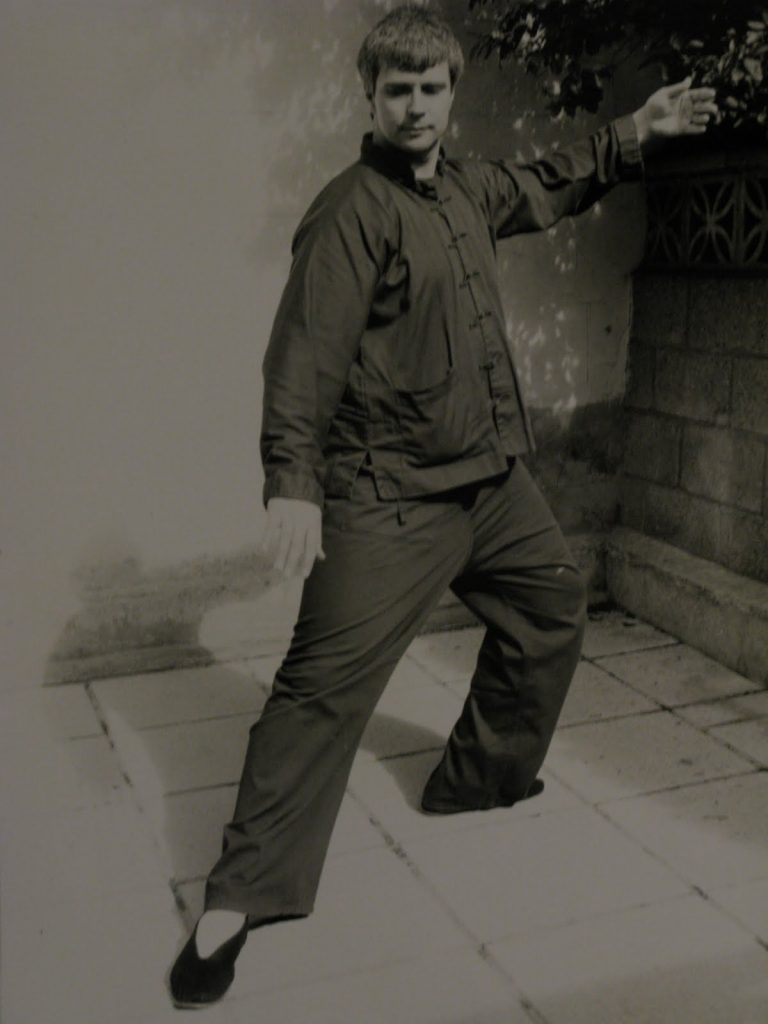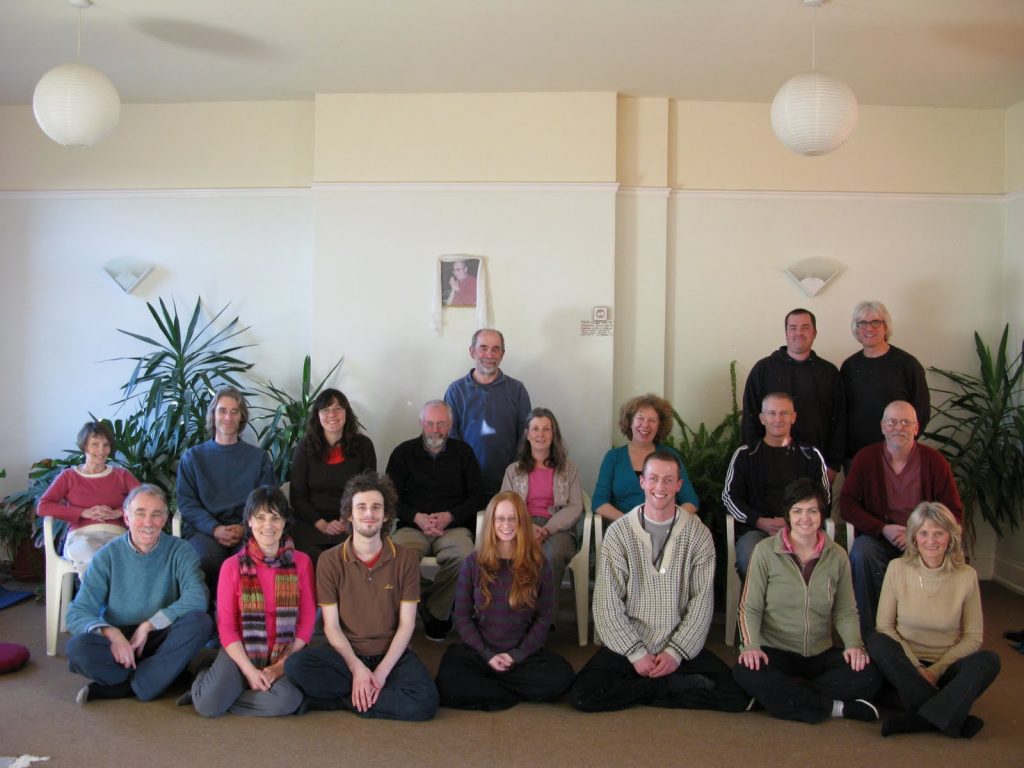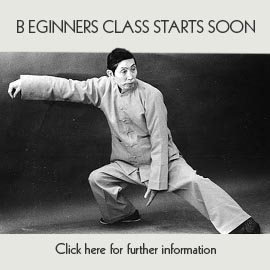For some, there may be no other time in their lives than tight now to experience this degree of enclosure and a lessening of liberty. When walls, floors and ceilings seem closer and tighter than ever, it is easy for the mind to follow that illusion and contract and shrink as well. The mind, in its natural state, should feel unaffected by parameters, but does and because of the limits we place on it, or the life experiences we’ve come through.
COVID – 19 is such a parameter, but is not an illusion that the mind should deny or ignore. It is a parameter because if held, conceptually, in a state of imbalance the mind will respond and emotions too can get out of balance.
It is important to follow the correct health guidelines in order to both prevent infection, and deal with it if one does catch the virus also. So preventative and distancing measures logical can show us how me must alter our lives, temporarily, in order to minimize catching it. However, there is an effect from the existence of this current illness that we can take full control of, and that is how it affects our mind state and emotions.
We all have experiences of past occurrences where our emotions have gone to excess in either positive and negative directions. These can be instigated internal and/or externally. When an emotion rears up it is like looking at an exotic and beautiful animal, we become completely absorbed and drawn into it’s existence and all else (in terms of awareness) shrinks away. This imbalance and fear always can get out of check when we are overcome in this way, and the natural empty clear mind state with a natural presence just vanishes….or so it would seem.
The natural empty state of mind of pure perception and real time experience is always there to be perceived and joined with. It is, with practice, of frequently visiting that state that it becomes our most easily accessible mode, yet illusive if infrequently visited. When the natural state of mind is rifled through and disturbed emotions are woken up and depending on our mental practice it may take a long time to settle them back again. This re-settling time can be reduced with regular meditation and/or Tai Chi practice.
I was once told development in Tai Ch/Meditation is like watching a glazier slowly melt. Drip, drip, drip….drip, drip it continues and then in time a huge chuck off ice falls away and crashed into the water. Patience in your regular practice is the secret to results, and diligence in practising correctly. Laziness, or the growth of disinterest in practice, can always come about to us all at different times. With this we must always remember why we are doing it the practice and analyse what we have at that time. The emotional feeling of not feeling like anything has occurred or no development has arrived is very common and every single Meditation/Tai Cho practitioner goes through this phase, sometimes several times. However having patience is what delivers us to the results.
For however long we remain isolated in our houses away from our loved ones, yet distancing ourselves from the virus as it makes it way through lives, be patient. The good things in life we can barely touch from a distance, or even not at all currently, will return and will feel richer and more valuable when we come back to them. Patience yields results, have patience in yourself and your own calm unafflicted nature. This is the way to practice.

